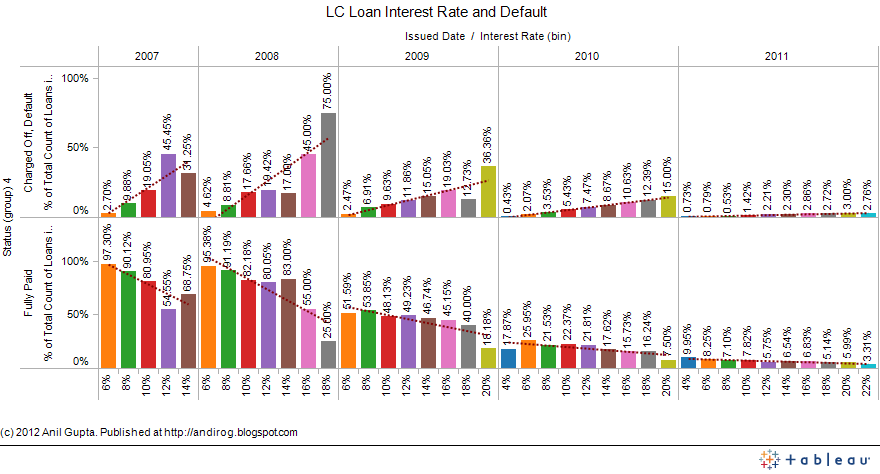
However, outstanding Liberty Bonds were far in excess of the country’s gold reserves. This clause required that redemptions of these bonds were to be made in gold. These Liberty Bonds (more were issued in 1918 to prosecute the war) also included a gold clause. Treasury to issue long-term and short-term debt up to a certain limit - rather than seeking, as was previously required, specific Congressional authorization for each borrowing transaction. In fact, it is the Second Liberty Bond Act that is widely considered the legislative root of today’s debt ceiling. Congress passed the First and Second Liberty Bond Acts. In 1917, after entering World War I, the U.S. government bonds issued many years earlier. One of the more unorthodox actions related to U.S. He, too, had to take a lot of emergency actions, some orthodox, others not so much. Much like President Obama, Roosevelt found the economy in shambles. Davis.Īs a result, the Supreme Court ruled in December 1870 that the legal tender laws were in fact constitutional, overturning the one-year old decision of Hepburn v. Grant that he appointed two new justices to the Supreme Court in 1870 who willingly took up the cases of Knox v. This decision so enraged then-President Ulysses S. Griswold that the application of the legal tender laws to debt that had existed before these laws were enacted was indeed unconstitutional. These legal tender laws, first implemented in February 1862, were retroactive - and hence were tested in the Supreme Court. After that, the greenbacks became “legal tender” that would not be redeemable on demand. However, before you could say “I want my gold back,” the federal government refused, in January 1862, to redeem them. These were demand notes that could be redeemed at a specified conversion rate into gold. federal government created the so-called greenbacks (in essence today’s dollars) in 1861. Moving right along to the beginning of the Civil War, the U.S. By most estimates, this was a default - as timeliness of payments of principal and interest is at the core of creditworthiness.

While creditors were ultimately better off due to this measure (because the states were in no position to make timely payments), the act also deferred interest payments on this debt until 1801. Through this act, the new federal government of the United States assumed the war debt of its constituent states, which they had accrued during the Revolutionary War. The country’s first default occurred soon after its founding, when President George Washington signed the Funding Act of 1790. America has, in fact, defaulted on several occasions.

As a confused world scratches its head about the United States’ self-inflicted political chaos, President Obama has made it clear that the United States is not - in his words - a deadbeat nation. default on Treasury bills and notes will become a distinct possibility. By the end of February or early March, a U.S.


 0 kommentar(er)
0 kommentar(er)
